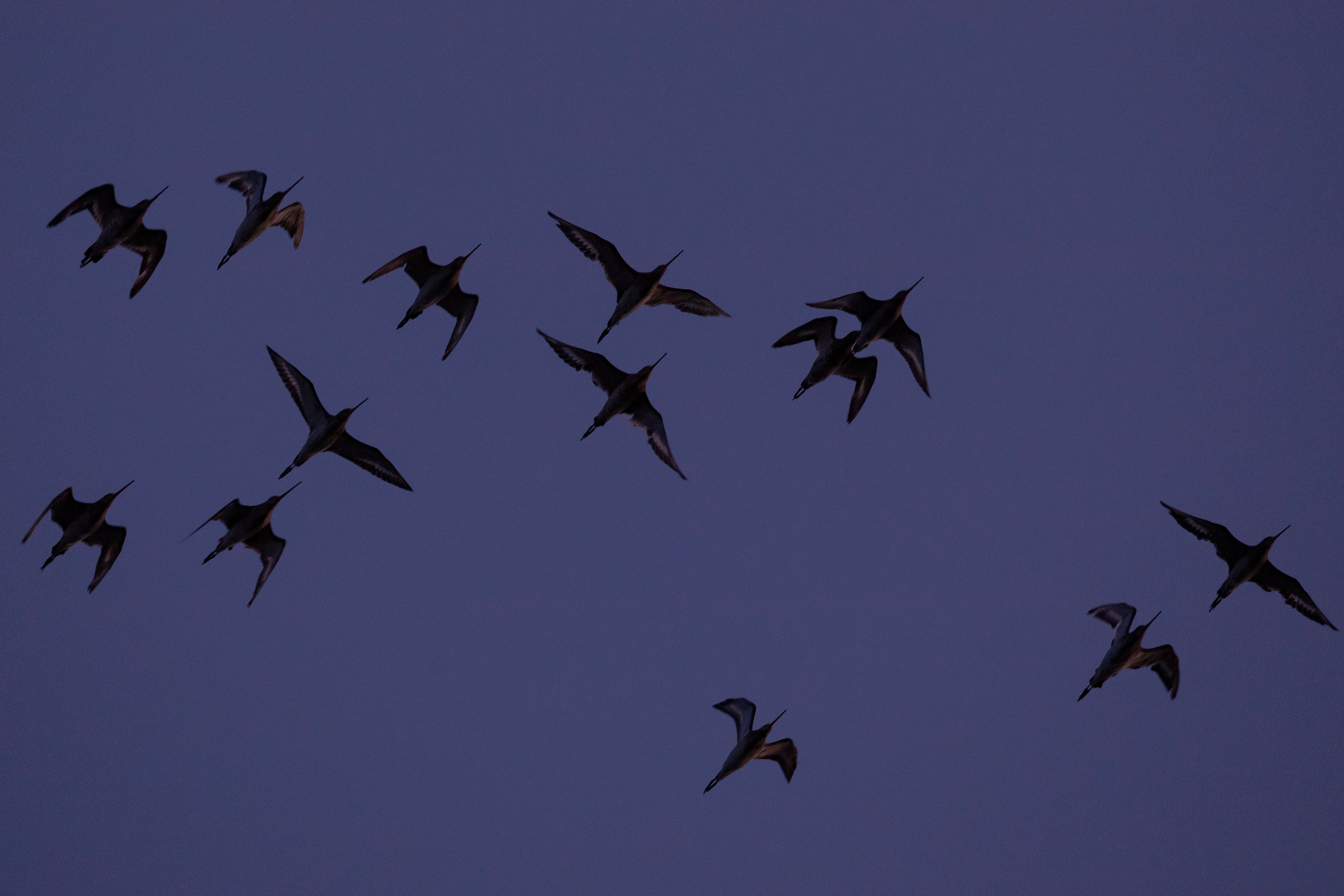‘Unimaginable’ godwit sets record for non-stop bird flight with epic 7,500-mile journey
‘Incredibly efficient’ birds shrink their internal organs to lighten their load before migration

Your support helps us to tell the story
From reproductive rights to climate change to Big Tech, The Independent is on the ground when the story is developing. Whether it's investigating the financials of Elon Musk's pro-Trump PAC or producing our latest documentary, 'The A Word', which shines a light on the American women fighting for reproductive rights, we know how important it is to parse out the facts from the messaging.
At such a critical moment in US history, we need reporters on the ground. Your donation allows us to keep sending journalists to speak to both sides of the story.
The Independent is trusted by Americans across the entire political spectrum. And unlike many other quality news outlets, we choose not to lock Americans out of our reporting and analysis with paywalls. We believe quality journalism should be available to everyone, paid for by those who can afford it.
Your support makes all the difference.A tireless bird “designed like a jet fighter” has been tracked flying more than 7,500 miles from Alaska to New Zealand, setting a new record for non-stop avian migration.
The bar-tailed godwit set off from southwest Alaska on 16 September and arrived at a bay east of Auckland just 11 days later.
The male bird, fitted with a transmitter and monitored by researchers, was tracked hurtling across the Pacific Ocean at speeds of up to 55mph during its immense journey.
“What these birds do is really unimaginable,” said University of Groningen professor Theunis Piersma, who leads the Global Flyway Network, a collaboration of scientists who track extreme migratory journeys.
The record-breaking godwit, known as 4BBRW after the blue, red and white rings attached to its legs, was one of four to set off together from their nesting grounds in the Alaskan tundra. They first flew hundreds of miles to mudflats, still in Alaska, where they feasted on shellfish, worms and seaweed to prepare for migration.
The birds require so much fuel to cross the world that can double in size and consist of almost half fat following their pre-flight meal. They are able to shrink internal organs including their stomach and liver to lighten the load.
“By the time they arrive in New Zealand, the tank is really empty; then they are half as heavy again,” Prof Piersma told Dutch newspaper Trouw.
Satellite data put the length of 4BBRW’s epic flight at just under 8,000 miles, although the scientists believe that once rounding errors are taken into account the journey will have been a little over 7,500 miles. The other three birds were not tagged.
Strong easterly winds are thought to have lengthened its journey by pushing the group off course.
The previous record for the non-stop flight by a bird was 7,250 miles, set by a bar-tailed godwit known as E7 in 2007.
It remains a mystery how the birds are able to navigate such long distances.
“They seem to have some capability of knowing where they are on the globe. We can’t really explain it but they seem to have an onboard map,” Dr Jesse Conklin, from the Global Flyway Network, told The Guardian.
The birds are not thought to sleep during the journey, during which they are almost constantly flapping their winds, although they can doze for days upon reaching New Zealand.
“They have an incredibly efficient fuel-to-energy rate,” Dr Conklin said. “They have a lot of things going for them. They are designed like a jet fighter. Long, pointed wings and a really sleek design which gives them a lot of aerodynamic potential.”

Join our commenting forum
Join thought-provoking conversations, follow other Independent readers and see their replies
Comments